We’ve all seen the massive damns and aqueducts that provide power to cities around the world, but there’s an untapped potential beneath our cities. Gallons of high-pressure water flowing through our water pipe infrastructure every day; wasted energy dissipating through pressure-reducing valves and canal drops. It’s possible to recover some of that energy and put it to use. Imagine your toilet generating energy with every flush … okay, maybe that’s not the best imagery for this … let’s explore energy recovery hydropower and how it could be a game-changer in micro hydropower.
Harnessing the power of water isn’t a new concept. Between 202 BC and 8 AD, during the Han Dynasty in China, trip hammers powered by water wheels were used to pound and hull grain and break ore. The Greeks also captured the power of water for milling thousands of years ago. However, it was only in the nineteen century that hydraulic turbines started to be developed. Since then, we’ve been producing clean energy from the force of water, and this power source accounts for 60% of all renewable electricity we consumed in 2020. But the energy generating potential of hydropower isn’t limited to our current hydroelectric options like canals and damns. 1 2
In drinking water distribution and supply networks of cities, industries, and farms, water coming from reservoirs reaches high speeds and pressure. So before it can enter our homes and businesses, where it flows through much smaller pipes, the water’s speed and pressure has to be reduced in water treatment plants in order to protect pipelines and equipment. The usual solution is to install Pressure Reduction Valves (PRV). These devices release the pressure from the water, but they also lose all that usable energy. However, there is a small but growing move towards converting that wasted pressure into electricity and feeding it back into the grid, creating clean, usable, renewable energy that would otherwise be lost. This approach is called energy recovery hydropower. 3
This is a subset of conduit hydropower that harnesses the energy released by PRVs in current, pressurized, man-made water systems already diverting water from a natural waterway for consumption. These systems generally include a micro-turbine, generator, sensors, processors, electronic controls, and communications equipment that operate continuously and autonomously within the water utility infrastructure. So here’s how it works. 4
Usually, the control systems of water treatment facilities get data about pressure and speed from sensors that constantly monitor the water flow in the pipeline and send that information to the operators to control the PRVs. Energy recovery systems are usually connected parallel to those systems. The diverted and parallel water flow drives a micro-hydro turbine that’s combined with pressure control to produce and feed renewable energy into the grid. Control valves ensure that the diverted water flows back into the main pipeline at the correct pressure. 5
Unlike intermittent renewables like solar power, one of the benefits here is 24/7 operation all year long. And from a system level point of view, these turbines could replace PRVs, using the turbine itself as a flow control device. You’d simplify the overall system design, have high efficiency and reliability, and take advantage of the existing structure … all without negative environmental impacts. But redundancy wins out here. In order to ensure the safety of the treatment plant or distribution network, the turbine is usually placed in parallel with a PRV to ensure that if either is offline for any reason, water can still be treated and delivered to consumers. 6 4 7
There are quite a few applications for this type of recovery system: municipal drinking water delivery, waste water treatment applications, transferring of raw water to water treatment facilities, and transfer of water from one reservoir, tank, holding source, to another. All these harness the power of gravity to function. The electricity that’s produced by the energy recovery turbines can be utilized to power a water treatment facility to balance their annual energy consumption. On top of that, excess electricity can be sold directly to the grid with a power purchase agreement. 7
Several companies around the globe have been developing energy recovery hydropower systems, and a great example is SOAR. This American company develops different types of hydro turbines, and works closely with each customer to provide the ideal solution for their needs. Their In-Line model is designed specifically for each site in order to achieve maximum efficiency, but shares a number of common parts for competitive pricing and quick lead times. These turbines are designed to recover power at flow rates between 500 to 30,000 gallons per minute (GPM). Their higher operational flow rates gives them a lot of flexibility for what they can support, like public water supplies, agriculture, tunnels, canals, or aqueducts. 8

The company also offers Canyon® Pump Turbines, which are simple, robust and cost effective pump-as-turbines (PATs). Think of it like regen braking on an EV. Instead of using energy to run a pump rotor to push water out, the water flows in the other direction spinning the pump rotor in the opposite direction, which allows the motor to operate as a generator. Since they aren’t site-specific, PATs usually achieve lower efficiencies but at the same time it reduces installation time and cost.
Canyon® Pump Turbines can be installed in any water delivery network with excess pressure and are well suited for sites that have a relatively constant flow rate. SOAR offers pump turbine packages for both on- and off-grid applications with outputs ranging from 5 kilowatts to 350 kilowatts and supports 500-9,000 GPM flow rates. 9

They also produce a low-power, plug-and-play energy recovery turbine with a maximum power output of 300 watts. Pico Hydro Turbines are designed for power generation in new or existing water networks and they’re ideal for powering monitoring equipment, sump pumps, lighting, blowers, fans, and any devices that operate under 24VDC. Any excess power is stored in a battery charging system.

A great example of this was installed in Oregon for a company that wanted to power a system for remote monitoring and controlling drinking water flow rates. The challenge the company had was that there wasn’t available power in the area, and connecting to the local grid was too expensive. SOAR’s system currently generates and stores enough power to run the equipment and shuts itself down to extend system life when power isn’t needed. The utility’s now able to send data to their headquarters for analysis and adjust the flow rates remotely. 10

One of the leaders in this area with several projects already developed is Rentricity. They’re currently producing two in-pipe hydro energy recovery systems. One is their customizable Flow-to-Wire™ system, which is designed for 30kW to 350kW use cases. The other is the Sustainable Energy and Monitoring Systems (SEMS™). This recently launched plug-and-play system is designed for applications in the 5kW to 30kW range. 4

Their energy recovery systems are designed to last 40 years with low operation and maintenance costs, which makes them a pretty durable and reliable solution for energy recovery. A nice perk is that this equipment can provide extra revenue.
For example, in 2014 the company installed a $500,000 system in Halifax, which was the first city in Canada to exploit in-pipe power. Since the system was commissioned, the 31-kilowatt turbine has generated about 225,000 kilowatt-hours and $30,000 of revenue per year from selling excess power. In Westmorland County, Pennsylvania, Rentricity installed a system that was estimated to produce 250 megawatt-hours a year, saving $40,000 in electricity costs annually. In that project, the Municipal Authority of Westmorland County awarded a state grant of over $200,000, for an accelerated payback, which provided final costs around $0.04/kWh. 11 12
InPipe Energy, a Portland-based company is also betting on the energy recovery hydropower concept. They’ve installed their In-PRV technology to produce up to 200,000 kWh of electricity annually for lighting, electric vehicle (EV) charging stations and concessions at Hillsboro’s 90-acre Gordon Faber Recreation Complex, which includes the 7,000-seat Hillsboro Stadium. The system bypasses an existing PRV and rather than dissipating the pressure, it converts it into electricity. The total budget for the hydropower project is $509,000, and the city got two renewable energy grants from PGE and Oregon Energy Trust, which covered 70% of the project cost.

According to Solar Impulse, In-PRV has a payback time ranging from 4 to 5 years and a cost of electricity of 0.03-0.05 cents per kilowatt-hour. On top of that, for every kilowatt-hour generated from their system, it’s the equivalent of saving 553 tons of CO2e per year. 13
At the beginning of the video I brought up the vision of an electricity-generating toilet. And I’m bringing it up again because it’s actually possible. I don’t think you’d want to, but it’s possible.
Leviathan Energy manufactures the Benkatina in-pipe turbine that can fit limited space and variable flows. Their unit is about 100 cm in size and currently produces up to 10 kilowatts. An interesting feature of Benkatina turbines is that it operates at variable water flows and uses an air bubble to prevent water interference on the blades. It’s already achieved high efficiency at low flows (55% at 1 kilowatt of output, 61% at 5 kilowatts of output). 14 15
With that small size it could be installed in conjunction with a toilet to harness energy from water with each flush to produce electricity. Of course, it wouldn’t be a great amount of energy, but instead of flushing all that energy potential down the toilet … why not? 16 17
.jpg)
So far we’ve only seen a slow, growing trend in energy recovery hydropower, but some policies are being developed to foster the technology since it has such a high electricity potential.
The California Energy Commission (CEC)-funded research that completed in 2006 estimated that California has 255 MW of undeveloped conduit hydropower potential. In the state, energy recovery hydropower projects are eligible for funding through the Self-Generation Incentive Program for $0.60/watt. In addition to that, California has a feed-in-tariff that includes energy recovery hydropower projects less than 3 MW with a payment rate of 8.9 cents/kWh. 6
The Colorado Department of Agriculture (CDA) published a study estimating that Colorado has approximately 30 MW of conduit hydropower potential … and that’s only counting agricultural irrigation systems across the state. Because of that they started an incentive program that provides technical assistance and grants for project development. 6
The primary market driver for energy recovery hydropower is the opportunity for water system operators to lower operational costs by offsetting energy use costs. In the U.S., energy consumption by water utilities represents 30%–40% of a city’s energy costs, mainly from water pumping. So why not install energy recovery turbines and tap into that wasted potential? And in some cases, produce a surplus that can be sold back to the grid. Energy conservation and renewable energy doesn’t have to be a one size fits all approach. It’s not just wind turbines and solar panels that can solve our energy needs.
- A brief history of hydropower ↩︎
- Global Energy Review 2020 ↩︎
- In-pipe power – developing hydropower from urban water-systems ↩︎
- Creating a Smart Water Grid ↩︎
- THE In-PRV ↩︎
- Energy Recovery Hydropower: Prospects for Off-Setting Electricity Costs for Agricultural, Municipal, and Industrial Water Providers and Users ↩︎
- ENERGY RECOVERY ↩︎
- In-Line Hydro Turbine ↩︎
- Canyon Turbine® Pump Turbines ↩︎
- SOAR – Projects – Micro Hydro ↩︎
- RENTRICITY CASE STUDY – Halifax, Nova Scotia ↩︎
- RENTRICITY CASE STUDY – Municipal Authority of Westmorland County, Pennsylvania ↩︎
- In-PRV, pressure recovery valve ↩︎
- Bekantina – Technology ↩︎
- Bekantina – Brochure ↩︎
- Can your toilet generate electricity? ↩︎
- What is Hydropower in a Pipe? ↩︎




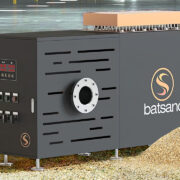

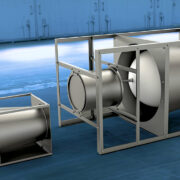
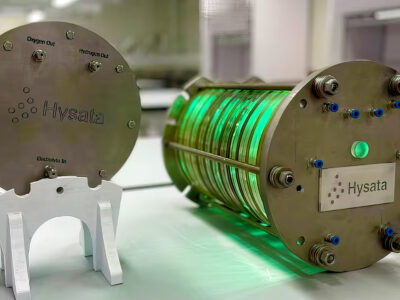
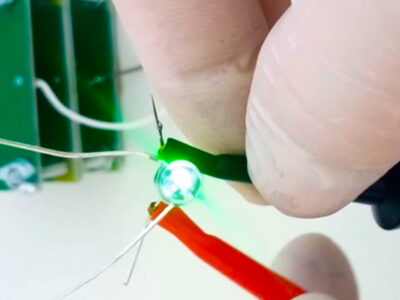
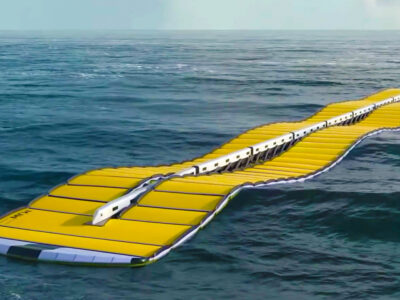
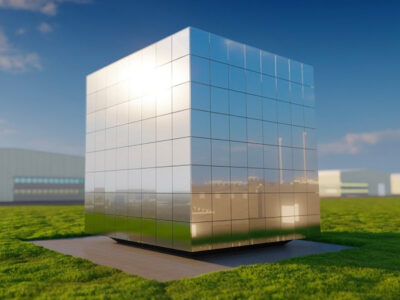


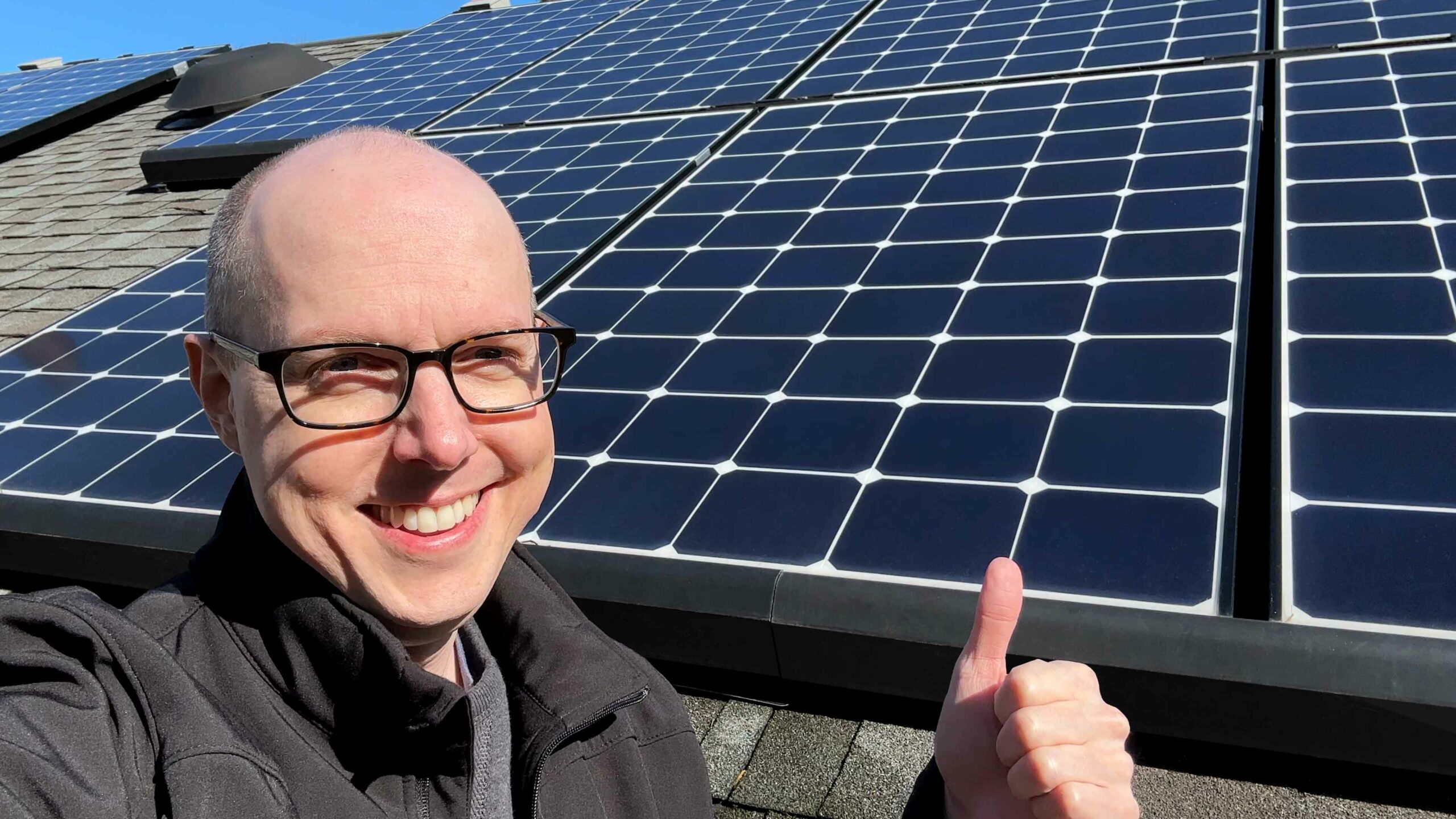
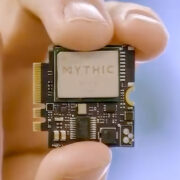
Comments